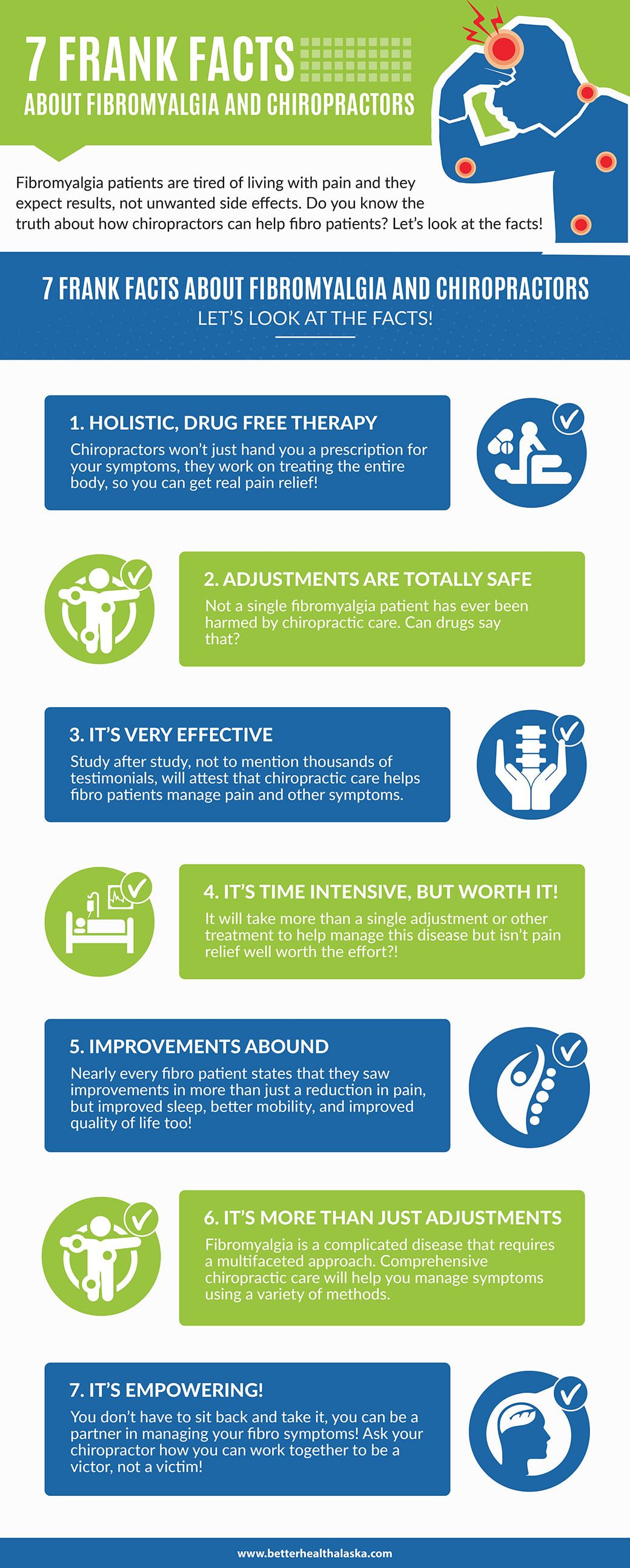Frequent Activities That Contribute To Pain In The Back And Ways To Stop Them
Frequent Activities That Contribute To Pain In The Back And Ways To Stop Them
Blog Article
Material Author-Briggs Landry
Maintaining correct pose and preventing usual pitfalls in everyday tasks can considerably affect your back health. From how you rest at your desk to exactly how you raise hefty objects, tiny adjustments can make a big distinction. Envision a day without the nagging pain in the back that hinders your every action; the option could be less complex than you assume. By making a couple of tweaks to your day-to-day behaviors, you could be on your means to a pain-free presence.
Poor Position and Sedentary Lifestyle
Poor pose and an inactive lifestyle are 2 major contributors to neck and back pain. When you slouch or hunch over while sitting or standing, you put unnecessary pressure on your back muscles and back. This can lead to muscular tissue imbalances, stress, and at some point, chronic back pain. Furthermore, sitting for best chiropractor without breaks or physical activity can damage your back muscles and bring about tightness and pain.
To fight bad pose, make an aware initiative to sit and stand directly with your shoulders back and lined up with your ears. Keep in mind to keep your feet level on the ground and avoid crossing your legs for extensive periods.
Including routine stretching and strengthening exercises right into your daily regimen can also assist enhance your pose and relieve neck and back pain associated with a sedentary way of living.
Incorrect Lifting Techniques
Improper lifting techniques can substantially add to pain in the back and injuries. When you lift heavy things, keep in mind to bend your knees and utilize your legs to lift, rather than counting on your back muscular tissues. Stay clear of turning your body while lifting and maintain the things near your body to reduce pressure on your back. view it now to maintain a straight back and prevent rounding your shoulders while lifting to prevent unnecessary stress on your spinal column.
Constantly analyze the weight of the item before raising it. If it's as well heavy, request assistance or usage equipment like a dolly or cart to move it securely.
Bear in mind to take breaks during lifting jobs to offer your back muscle mass a possibility to rest and prevent overexertion. By applying proper training methods, you can prevent back pain and reduce the danger of injuries, ensuring your back stays healthy and solid for the long term.
Lack of Normal Workout and Extending
A less active way of life without regular exercise and stretching can significantly add to neck and back pain and pain. When you don't participate in exercise, your muscle mass come to be weak and stringent, resulting in poor pose and increased stress on your back. Routine exercise helps reinforce the muscle mass that support your spinal column, improving security and minimizing the risk of pain in the back. Including stretching into your routine can likewise improve adaptability, protecting against tightness and pain in your back muscular tissues.
To stay clear of neck and back pain caused by an absence of workout and extending, go for at least 30 minutes of moderate exercise most days of the week. Consist of exercises that target your core muscle mass, as a solid core can help reduce pressure on your back.
Additionally, take breaks to stretch and relocate throughout the day, specifically if you have a workdesk work. Simple stretches like touching your toes or doing shoulder rolls can aid eliminate stress and avoid neck and back pain. Focusing on normal workout and extending can go a long way in maintaining a healthy and balanced back and lowering pain.
Conclusion
So, bear in mind to sit up directly, lift with your legs, and remain active to avoid neck and back pain. By making straightforward adjustments to your daily behaviors, you can prevent the pain and restrictions that come with back pain. Deal with your spinal column and muscles by practicing good pose, appropriate lifting strategies, and regular exercise. Your back will thanks for it!
